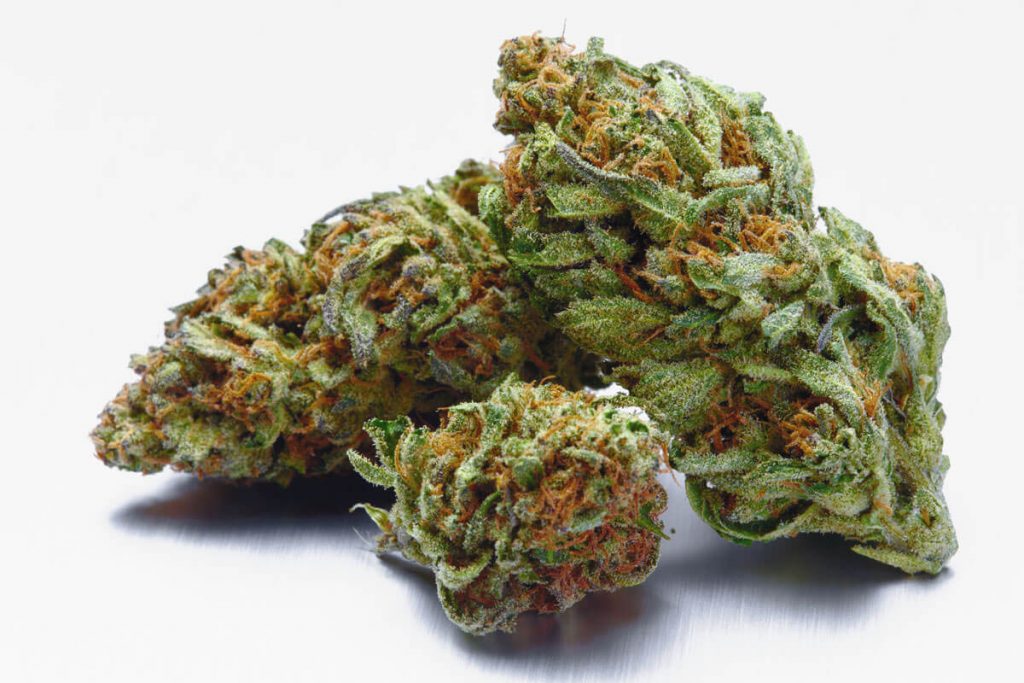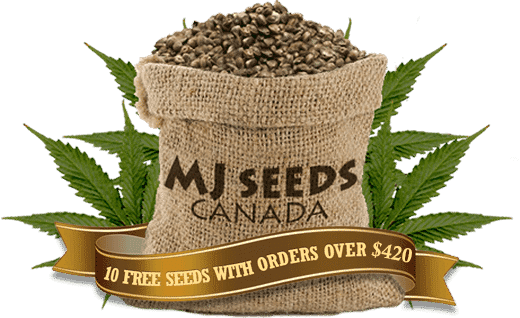
Landrace strains refer to the original cannabis strains. These are the strains that have not been hybridized with other varieties of cannabis. Landrace strains are typically native to a certain region or country. Since it is the original plant from that region, the strain’s descendants are often named after the area.
Landrace strains are pure strains with distinct effects and flavors. However, it’s also important to note that the term “landrace” simply refers to the plant’s indigenous upbringing and genetic purity. Not every landrace strain signifies the peak of quality.
Landrace plants adapt the characteristics that are suited for the area they are grown, allowing them to survive and grow. These adaptations include differences in color, phytochemical production, and leaf size. The environment is one of the most important factors when it comes to the formation of cannabinoids, terpenes, and other cannabis compounds. Humans can’t replicate such changes under any conditions.
Why Landrace Strains Are Rare
It’s difficult to find true landrace strains. Imagine pulling the Hindu Kush out of its natural habitat and trying to grow it in your area. Some of the characteristics that defined the Hindu Kush will be lost since the plant has to learn to grow under different growing conditions and climate.
The plant will adapt to new qualities in order to survive. It won’t be the same as the original strain anymore. The plant will become a phenotype rather than a true landrace. The original landrace strains that have been taken from their natural habitat and raised in a different environment are known as heirloom strains.
Popular Landrace Strains
The name of some landrace strains is a little stylish such as Panama Red and Acapulco Gold. This naming style differentiates landrace strains from the other strains offered in pot shops. Here are some of the original landrace strains that you can find from trusted cannabis seed banks today.
Afghani
Afghani is a prehistoric cannabis strain that originates from the Hindu Kush Mountains that span the border between Pakistan and Afghanistan. It is believed that the landrace Afghani genetics were smuggled out of its native habitat in the 1970s before the Soviet invasion. The plant was refined by US and European growers and became the first global marijuana strain in the world.
Afghani is a classic indica strain, which is prized for its heavy production of resin. It has a sweet, earthy scent. Afghani produces deep sedating effects and euphoria. It’s usually used for treating pain, stress disorders, and insomnia.
Durban Poison
Durban Poison was named after Durban, a port city in South Africa. American cultivator Ed Rosenthal bred several cannabis plants from South African seeds, which he brought back to America in the late 1970s. He gave some prime specimens to fellow cultivator Mel Frank who modified the genetics to improve flowering time and resin content. Durban Poison suppresses the appetite and produces energizing effects. The medical sativa doesn’t cause a crushing couch-lock, so it’s ideal for daytime use. The strain is perfect for social or creative endeavors.
Acapulco Gold
Acapulco Gold is native to Acapulco, Mexico. It was extremely popular in the 1960s and even appeared in Led Zeppelin albums. Acapulco Gold delivers a pleasant mellow body buzz and cerebral high, which is manageable enough for nighttime and daytime activities. The plant’s orange hairs look like a gold nugget with brown, green, and gold colors. The buds contain a large amount of resin.
The sativa-dominant strain was traditionally grown outdoors. It flowers for 70 to 75 days when grown indoors. However, growing the strain indoors is quite tricky for breeders because there’s no clear guideline about it. Acapulco Gold is difficult to find as more breeders are growing it indoors. When grown outdoors, Acapulco Gold yields up to 500 g/m². The strain can be used by those who are suffering from PTSD or General Anxiety Disorder to alleviate symptoms of anxiety and stress. Acapulco Gold provides a body high that can alleviate pains and chronic aches.
Lamb’s Bread
Also known as Lamb’s Breath, Lamb’s Bread delivers an uplifting high and deep mental stimulation that improves creativity and eliminates mental barriers. The sativa strain originated from Jamaica. It has a pungent, earthy, and woody flavor and a slightly sweet light floral aroma. Lamb’s Bread is an enjoyable daytime smoke that helps with symptoms of depression, fatigue, stress, and pain.
Thai
Thai or Thai Sticks originated in northeast Thailand. It was one of the highest quality weeds during the 70s. The buds are usually held together around hemp stalks or bamboo sticks with a silk line. Thai Sticks deliver a buzzy, cerebral high. The strain was introduced to the US after the Vietnam War.
Why Some Breeders Preserve Landrace Strains
Almost all strains that you can find today are the result of crossbreeding, which means that almost every bud sold by pot shops is technically a hybrid. Landraces have gene combinations for certain cannabis compounds, which are hard to replicate using traditional breeding methods. Cannabis breeders who want to incorporate those gene combinations in their proprietary strain must cross their plant with a landrace strain first. That’s why some breeders do everything in their power to find a landrace cannabis strain.
Connoisseurs also seek out landrace cannabis strains because these plants are believed to have unique effects that new strains don’t have. The THC content of modern strains is also overwhelming for some cannabis users. Breeders desire landrace strains because it can protect monocropped plants from diseases and pests.
Monocropping happens when a crop is planted and replanted, where all plants have identical genetics. A monocrop shares the same genes as the plants within the crop, making it susceptible to diseases and pests. If breeders can incorporate the sturdy genes of a landrace into a monocrop, that plant will develop genetic diversity. This will increase the crop’s resistance to pests and infection.
Conclusion
Landrace strains develop and evolve naturally based on where they grow. They can be considered 100 percent indica or sativa since they’re not produced through selective or artificial breeding. If you’re looking for a natural weed experience, you should try a landrace strain.



